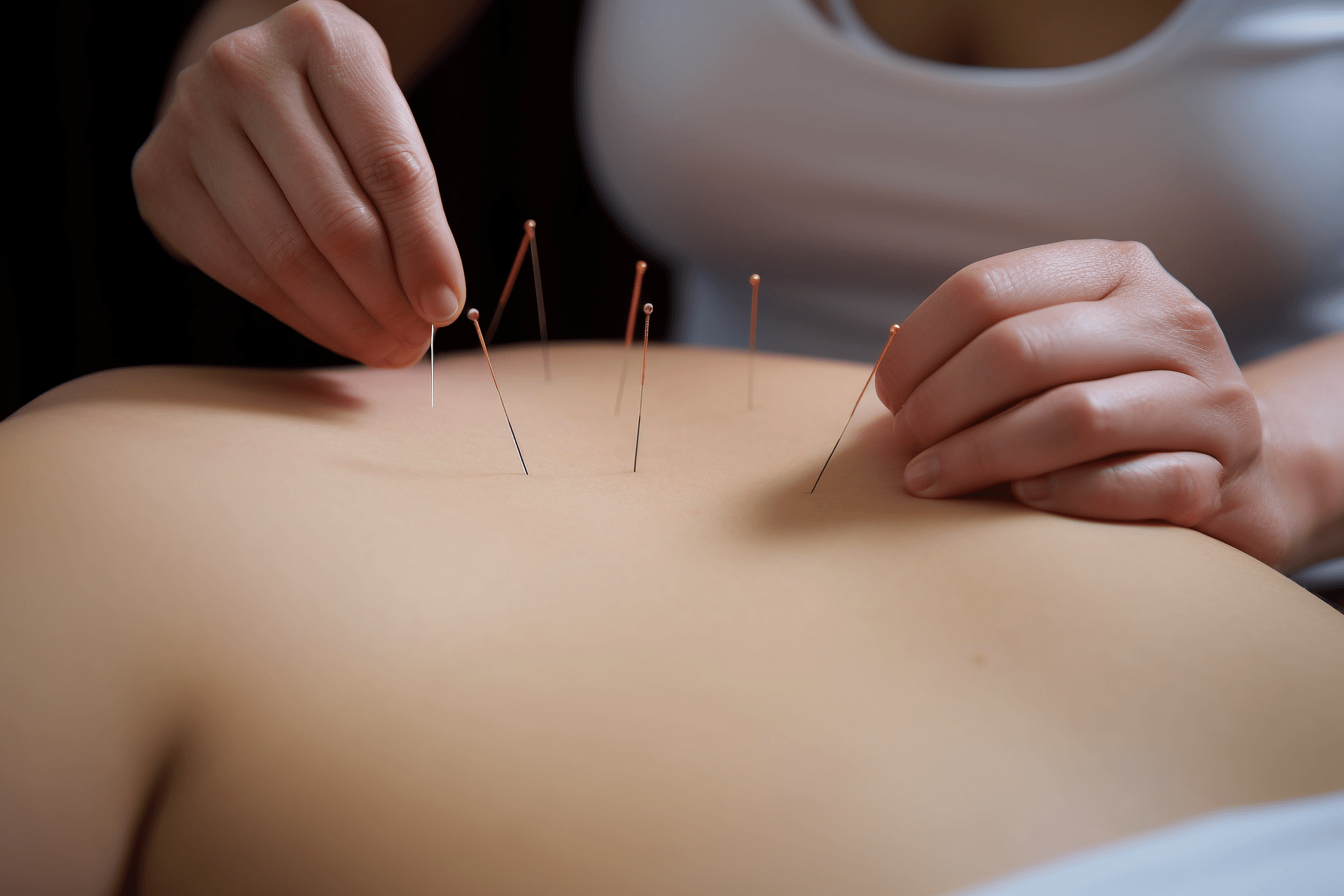The selection and combination of acupoints are important aspects of acupuncture treatment and directly affect the effectiveness of the treatment.
The selection and combination of acupoints are based on theories such as yin and yang, zangfu (internal organs), and meridians. They are determined through pattern differentiation, taking into account the functions and characteristics of the acupoints, and following certain basic principles.
(I) Principles of Acupoint Selection
The principles of acupoint selection mainly include local acupoints, distal acupoints, and acupoints based on the specific condition.
1. Local Acupoints: Local acupoints refer to the selection of acupoints at or near the site of the disease. Acupuncture treatment pays more attention to local acupoints, which aim to balance the qi and blood in the affected meridians, organs, and tissues. For example, for migraines, the Taiyang acupoint is selected; for myopia, the Sibai and Chengqi acupoints are selected; for facial paralysis, the Yangbai and Dicang acupoints are selected; for drooping eyelids, the Yuyao and Yangbai acupoints are selected, and so on.
2. Distal Acupoints: Distal acupoints refer to the selection of acupoints that are further away from the site of the pain. This is because acupoints have the characteristic of treating distant conditions. Many acupoints in the body, especially those below the elbow and knee joints, can not only treat local diseases but also treat conditions in distant areas along the same meridians. For example, for stomach pain, the Zusanli acupoint is selected; for facial paralysis, the Hegu acupoint is selected. Based on the pathological changes of the disease, acupoints from the affected zangfu meridians can be selected, as well as acupoints from superficial and deep meridians or other related meridians. For example, for acne, which is related to lung function, the Taiyuan and Kongzui acupoints from the Hand Taiyin Lung Meridian can be selected, as well as the Hegu acupoint from the Hand Yangming Large Intestine Meridian.
3. Specific Condition Acupoints: Also known as acupoints selected based on specific conditions, this refers to the selection of acupoints for certain systemic symptoms or diseases, or the use of specific acupoints for the treatment of certain aspects of a disease. For example, the Dazhui acupoint is selected for high fever, and the Jiaosun acupoint is used to treat parotitis.
(II) Methods of Acupoint Combination
The methods of acupoint combination involve selecting two or more acupoints that have synergistic effects based on the principles of acupoint selection. These methods include acupoint combination based on the meridian, superficial and deep meridian combination, upper and lower acupoint combination, anterior and posterior acupoint combination, and left and right acupoint combination.
1. Combination of Local and Distal Acupoints: This method combines the selection of acupoints near the affected area with acupoints further away. For example, for facial paralysis, the Yangbai and Dicang acupoints are used, which is a combination of local and distal acupoints. By using both local and distal acupoints, better treatment results can be achieved.
2. Upper and Lower Acupoint Combination: This method involves using acupoints above the waist and acupoints below the waist in combination. The upper and lower acupoint combination is widely used in clinical practice. For example, to treat athlete's foot, the Baihui and Zusanli acupoints are selected; to treat sore throat and toothache, the Hegu and Neiting acupoints are selected; to treat hair loss, the Touwei and Fenglong acupoints are selected, and so on.
3. Superficial and Deep Meridian Combination: This method is based on the relationship between the yin and yang, superficial and deep meridians, and is used as a basis for acupoint combination. When a certain zangfu meridian is affected, acupoints from the superficial and deep meridians are selected for treatment. For example, for obesity, the Zusanli acupoint from the Foot Yangming Stomach Meridian and the Yinlingquan acupoint from the Foot Taiyin Spleen Meridian are selected.
4. Left and Right Acupoint Combination: This method involves selecting acupoints from both sides of the body for treatment. It is often used in the treatment of asymmetrical conditions. For example, for left-sided facial paralysis, the Cheek Car and Dicang acupoints on the left side are selected, along with the Hegu acupoint on the right side.
5. Anterior and Posterior Acupoint Combination: The anterior refers to the chest and abdomen, and the posterior refers to the waist and back. The combination of acupoints selected from the anterior and posterior regions is referred to as the anterior and posterior acupoint combination. This method can be used for the treatment of zangfu disorders. For example, for stomach pain, the Zhongwan and Liangmen acupoints are selected in the anterior region, and the Stomach Shu and Stomach Cang acupoints are selected in the posterior region.






